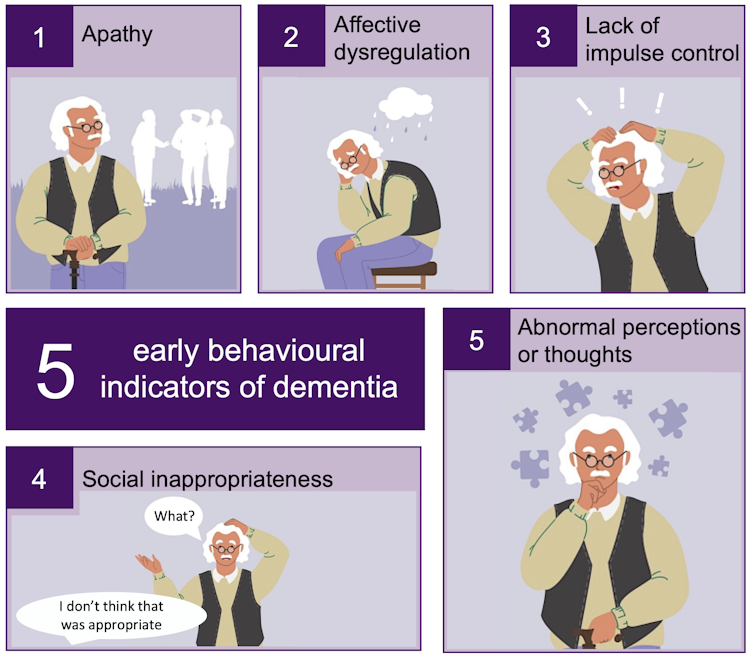“Gender-blind policies ignore the disproportionate effects of water crisis on women.” by Bolormaa Purevjav, University of British Columbia; Adiya Baratova Tudiyarova, University of British Columbia, and Elena Gordillo Fuertes, University of British Columbia
The demand for water resources is higher than ever before. The growing global population, expanding industrial development and the impacts of climate change are exacerbating the global water crisis.
The recent Intergovernmental Panel on Climate Change (IPCC) report highlighted the rising threats to water security and irreversible losses in freshwater ecosystems as climate change worsens. The UN Water Conference 2023, which took place in New York last month, called attention to the slow progress on water-related sustainable development goals globally.
Scientists as well as governmental and non-governmental organizations are conducting research and organizing conferences to find ways to meet the growing demand for access to clean water.
While it is vital that we discuss water governance solutions to mitigate the crisis we are in, we also need to include women in these conversations to create holistic solutions that benefit those affected the most.
Women And Water Crisis
The stress on surface and groundwater resources is restricting social and economic development globally, and women face the worst of this crisis.
On average, women spend more time than men collecting and transporting water. For example, the UN estimated that women in Malawi spend 54 minutes collecting water while their male counterparts spend six minutes.
Women are also more likely to be severely affected by natural disasters and water contamination. Organic pollution — caused when large amounts of organic material are released into water bodies — in Latin American, African and Asian rivers has been putting public health, food security and the economy at risk.
It has also cultivated inequality by predominantly affecting the poor, women and children. This is because a lack of clean water, sanitation and hygiene disproportionately affects women and girls who need it to avoid infections and for their physical safety and security.
The Women’s Resilience in Mongolia report highlights similar inequalities in accessing resources, education and household responsibilities for women in Mongolia.
These differences systematically disadvantage women and girls, making them more vulnerable to the impacts of climate change and disasters. Women with lower incomes and minimal educational opportunities bear most of the household responsibilities and have to travel further to collect water during extreme weather conditions like droughts.
Women Missing In Water Governance
Despite how vulnerable women are to the ongoing water crisis, water and environmental governance has historically been gender-blind. Policy-making has not accounted for how differently water scarcity affects women. It has also failed to engage with women to put forward solutions to address the water crisis around the world.
The most recent World Bank annual report on the Central Asia Water and Energy Program, for example, does not discuss any gender-specific commitments or approaches to women’s access to water resources.
Water policies ignore the fact that women are disproportionately affected by water issues. All around the world, women engage in more water-intensive activities such as cooking and cleaning. It has been estimated that women and children across the world spend 200 million hours a day collecting water, hours that could be better spent in school or at work.
This further contributes to gender inequalities.
Large-scale initiatives are starting to take into consideration the lack of women’s participation and are taking action to correct this, including the water sector projects funded by the Asian Development Bank. These community-led projects have supported women’s leadership in Bangladesh, Cambodia, Georgia, Laos, Nepal, Pakistan and Sri Lanka.
The Future Of Water Governance
The latest IPCC report predicts higher-than-usual summer temperatures and greater unpredictability in the patterns of precipitation. These projections will only worsen the current stresses on water resources.
We need more holistic approaches to water governance that help eliminate gender inequalities. The OECD estimates that less than 17 per cent of the Water, Sanitation and Hygiene (WASH) labour force in developing nations comprises women and an even smaller fraction are involved in policy and regulation.
It’s therefore no surprise that the most common causes for gender inequality at the decision-making level are gendered stereotypes, cultural norms and “male-dominated” political structures. We need female representation in key decision-making bodies.
The biggest barrier to addressing the lack of women’s representation and participation in the water sector is the lack of context-specific information on gender and water relations in most countries. Closing these data gaps is essential for achieving gender-related SDG commitments.
No one should be left behind as we address the unprecedented challenges that a warming climate will bring upon us. The water crisis is a women’s crisis. Women need to be equal partners in the process of creating more just and effective water governance systems.![]()
Credits
Bolormaa Purevjav, Researcher, Fellow, Institute of Asian Research, PhD candidate, Mining Engineering Department, UBC, University of British Columbia; Adiya Baratova Tudiyarova, MA student in Public Policy and Global Affairs, University of British Columbia, and Elena Gordillo Fuertes, MA student in Public Policy and Research Fellow, University of British Columbia
This article is republished from The Conversation under a Creative Commons license. Read the original article.












